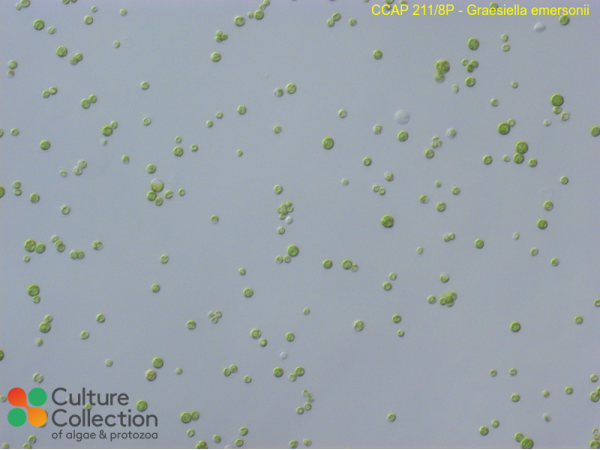References [ 11 ]
Syrett PJ (1951) The effect of cyanide on the respiration and the oxidative assimilation of glucose by Chlorella vulgaris. Annals of Botany 15(60): 473-492.
DOI: none
Syrett PJ (1973) Measurement of nitrate- and nitrite-reductase activities in whole cells of Chlorella. New Phytologist 72: 37-46.
Thomas EM & Syrett PJ (1976) The assay of ATP:urea amidolyase in whole cells of Chlorella. New Phytologist 76: 409-413.
Thurston CF & Richards L (1980) Protein turnover in Chlorella fusca var. vacuolata: Detection of a rapidly degraded class of protein in growing and non-growing cells. Journal of General Microbiology 121: 63-68.
DOI: none
Kodner RB, Summons RE & Knoll AH (2009) Phylogenetic investigation of the aliphatic, non-hydrolyzable biopolymer algaenan, with a focus on green algae. Organic Geochemistry 40: 854-862.
Molloy CJ & Syrett PJ (1988) Effect of light and N deprivation on inhibition of nitrate uptake by urea in microalgae. Journal of Experimental Marine Biology and Ecology 118: 97-101.
DOI: none
Coder DM & Goff LJ (1986) The host range of the chlorellavorous bacterium ("Vampirovibrio chlorellavorus"). Journal of Phycology 22: 543-546.
DOI: none
Colman B (1978) Excretion of glycolate by a species of Chlorella (Chlorophyceae). Journal of Phycology 14: 434-437.
DOI: none
Corre G, Templier J, Largeau C, Rousseau B & Berkaloff C (1996) Influence of cell wall composition on the resistance of two Chlorella species (Chlorophyta) to detergents. Journal of Phycology 32: 584-590.
DOI: none
Allard B, Rager M & Templier J (2002) Occurrence of high molecular weight lipids (C80+) in the trilaminar outer cell walls of some freshwater microalgae. A reappraisal of algaenan structure. Organic Geochemistry 33: 789-801.
Baudelet PH, Ricochon G, Linder M & Muniglia L (2017) A new insight into cell walls of Chlorophyta. Algal Research 25: 333-371.
Sequences [ 1 ]
EMBL/Genbank Links
(Bold text = submission by CCAP staff or collaborators)
Division/Phylum: Chlorophyta Class: Trebouxiophyceae Order: Chlorellales
Note: for strains where we have DNA barcodes we can be reasonably confident of identity, however for those not yet sequenced we rely on morphology
and the original identification, usually made by the depositor. Although CCAP makes every effort to ensure the correct taxonomic identity of strains, we cannot guarantee
that a strain is correctly identified at the species, genus or class levels. On this basis users are responsible for confirming the identity of the strain(s) they receive
from us on arrival before starting experiments.
For strain taxonomy we generally use AlgaeBase for algae and
Adl et al. (2019) for protists.
| Attributes |
| Authority | (Shihira & Krauss) Nozaki, Katagiri, Nakagawa, Aizawa & Watanabe 1995 |
| Isolator | Unknown |
| Notes |
Renamed Jan17 after taxonomic revision. |
| Axenicity Status |
Axenic |
| Environment |
Freshwater |
| GMO |
No |
| In Scope of Nagoya Protocol |
No |
| ABS Note |
Collected pre Nagoya Protocol. No known Nagoya Protocol restrictions for this strain. |
| Collection Date |
pre 1946 |
| Pathogen |
Not pathogenic: Hazard Class 1 |
| Strain Maintenance Sheet |
SM_FreshwaterGreens.pdf |
| Toxin Producer |
Not Toxic / No Data |
| Type Culture |
No |
| Taxonomy WoRMS ID |
837180 |
| Equivalent Strains | UTCC 86 |
| Synonyms |
Chlorella emersonii Shihira & Krauss 1965
|
| Formerly Listed in CCAP as | Chlorella sp.,Chlorella emersonii |



